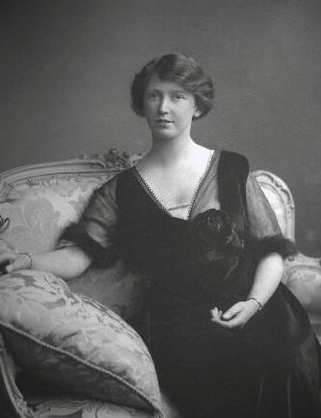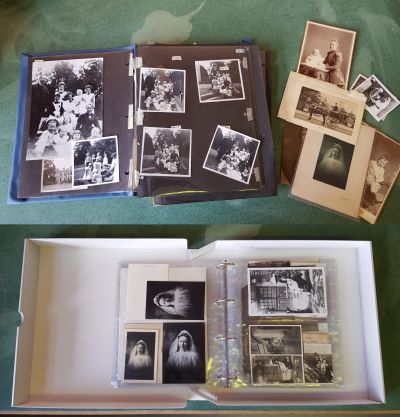Preserving the Past
- by Lisa Murphy MMM Archivist Ireland 15.02.2022
 One of the most important jobs that an archivist does, is to ensure that the material we hold in the archive is preserved for the future. Without the proper care, environment and storage conditions, archival material is vulnerable and at risk of deteriorating over time. However, taking preventive measures can considerably extend the useful life of collections, and is usually much more cost-effective than interventive measures taken to remedy damage after deterioration has taken place.
One of the most important jobs that an archivist does, is to ensure that the material we hold in the archive is preserved for the future. Without the proper care, environment and storage conditions, archival material is vulnerable and at risk of deteriorating over time. However, taking preventive measures can considerably extend the useful life of collections, and is usually much more cost-effective than interventive measures taken to remedy damage after deterioration has taken place.
Ordinary paper is made from wood pulp which deteriorates over time and becomes acidic. This is why it is so important to use chemically stable acid free storage folders and boxes for the long term storage of archival materials. We then ensure that the archival boxes are kept in appropriate storage conditions with a suitable temperature and relative humidity and no exposure to harmful UV light. Photographic material is particularly vulnerable to physical, chemical and biological damage if it is improperly stored. There are different requirements for preserving this type of material depending on whether it is a photographic negative or a print. High temperature and high relative humidity can increase the rate of physical and chemical deterioration and photographic prints, particularly colour prints, can fade over time.
MMM Photographic Archive
The MMM Archive holds a large collection of photographic material which dates back to before the foundation of the Medical Missionaries of Mary. One of our ongoing projects is to ensure that our vast collection of photographs are properly housed, stored and catalogued so that it will remain accessible long into the future. Some of our earliest albums contain images of Mother Mary Martin as a young woman prior to the foundation of MMM serving as a V.A.D. during World War One, images of her family and early images of Mother Mary after her profession. These photographs were housed in an original photograph album which had started to fall apart over time and many of the photographs were loose and at risk of deterioration and loss.
The decision was taken to completely re-house this valuable album in appropriate archival enclosures. For photographic prints, we put them into sleeves that are made of an inert polyester or polypropylene material which has passed the Photographic Activity Test. Products which have passed this test are deemed safe for the long term storage of photographic materials.
Once the photographs were transferred to their new sleeves they were then housed in an acid free archival ringbinder box. Using this style of box means that the photographs can be accessed easily and the pages turned without needing to handle the photographs themselves. Improper handling without the use of gloves can lead to the further deterioration of photographic material due to the oils in our hands. Reducing the handling of the photographs as much as possible is another crucial factor in ensuring their preservation.
 These measures may seem simple, but re-housing the photographs into archival enclosures and storing them in the appropriate environmental conditions can make a huge difference for their long term preservation. This is just one small example of the ‘behind the scenes’ work that occurs in the MMM Archive in order to preserve the past for the future.
These measures may seem simple, but re-housing the photographs into archival enclosures and storing them in the appropriate environmental conditions can make a huge difference for their long term preservation. This is just one small example of the ‘behind the scenes’ work that occurs in the MMM Archive in order to preserve the past for the future.
SEE ALL BLOG POSTS
